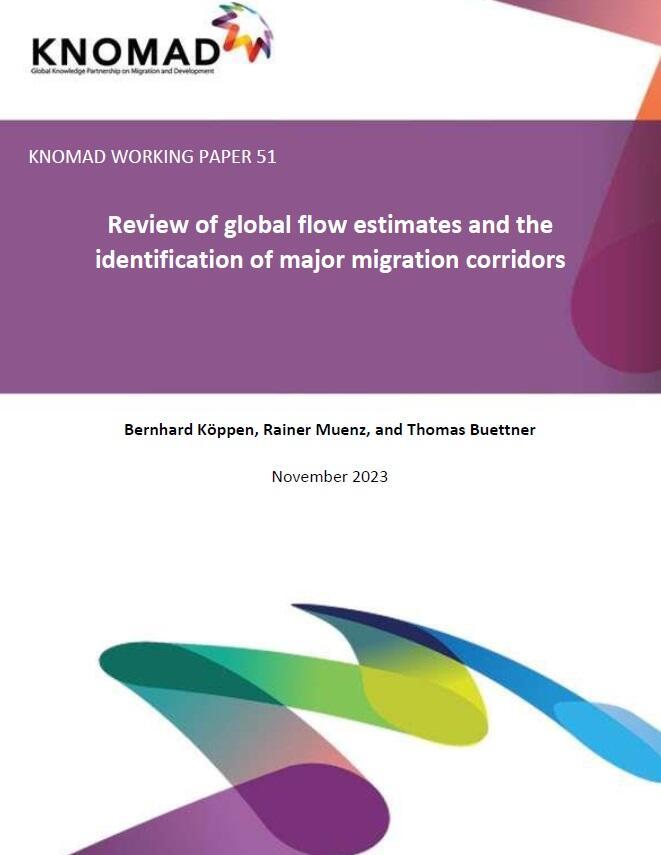
Review of global flow estimates and the identification of major migration corridors
Despite the fact that only 3.5 percent of the world population live outside their country of birth, some countries and regions are strongly affected by emigration or immigration. This makes international migration an important driver of demographic change.
This paper tries to identify the most prominent migration corridors at a country-to-country level. It covers the period 1960 to 2020. As available data show, long-term stable relations and emerging stable dyads stand out. The majority of flows is directed to high income countries originating from upper- and lower middle-income countries. Strong, sudden, and often short-term migration flows, typically emerge as a result of armed conflicts or political violence or the break-up of countries.
Despite great advances in data collection, the detailed picture of global country-country migrant flows remains incomplete. The lack of a comprehensive, high-quality data base covering not only stocks, but also flows is and remains the pivotal obstacle for the analysis of international migration at a global level. In the current situation it occurs, that methodological progress enabling the handling of large migration data sets is much more advanced than (raw) data collection and the harmonization of that information. Therefore, some results of the novel methods converting information on stocks into flow estimates might be instructive, but cannot be fully used for research and sound policy advice, as long, as the raw-data problem is not solved or significantly tempered.

